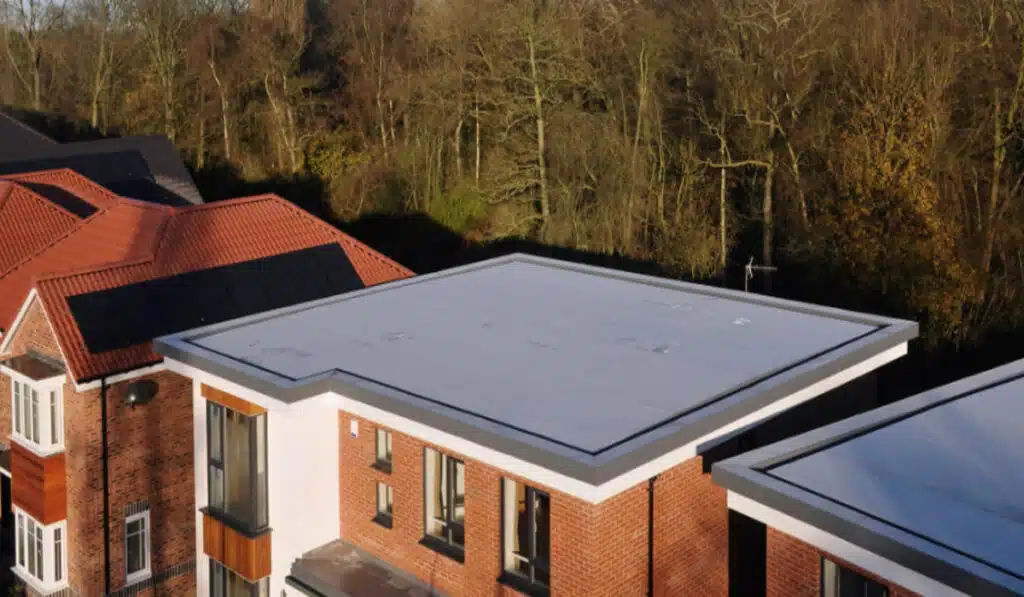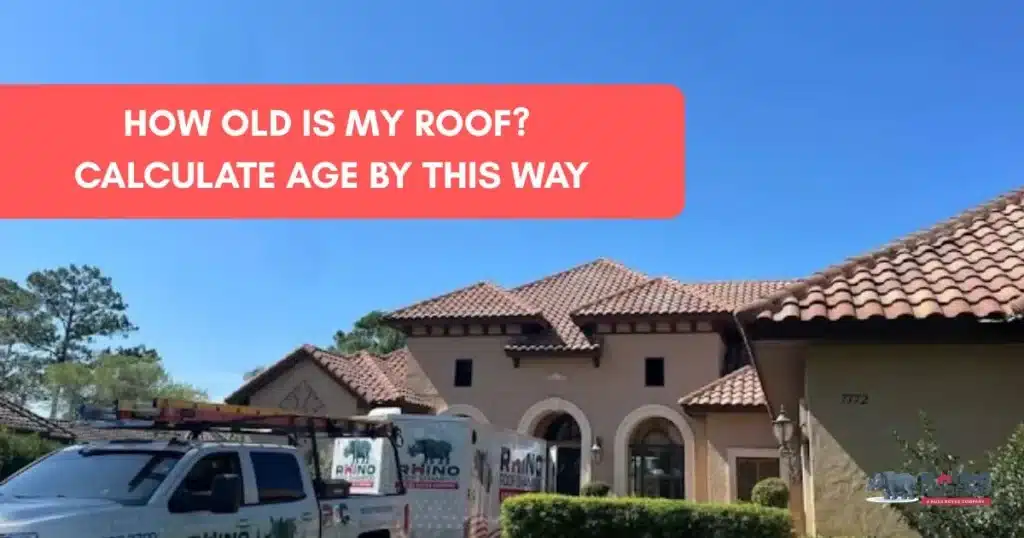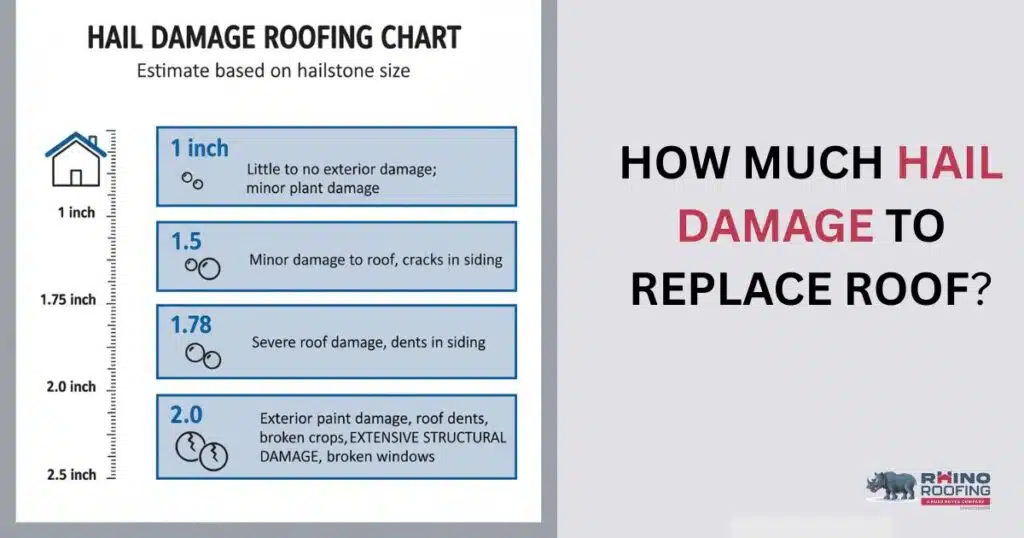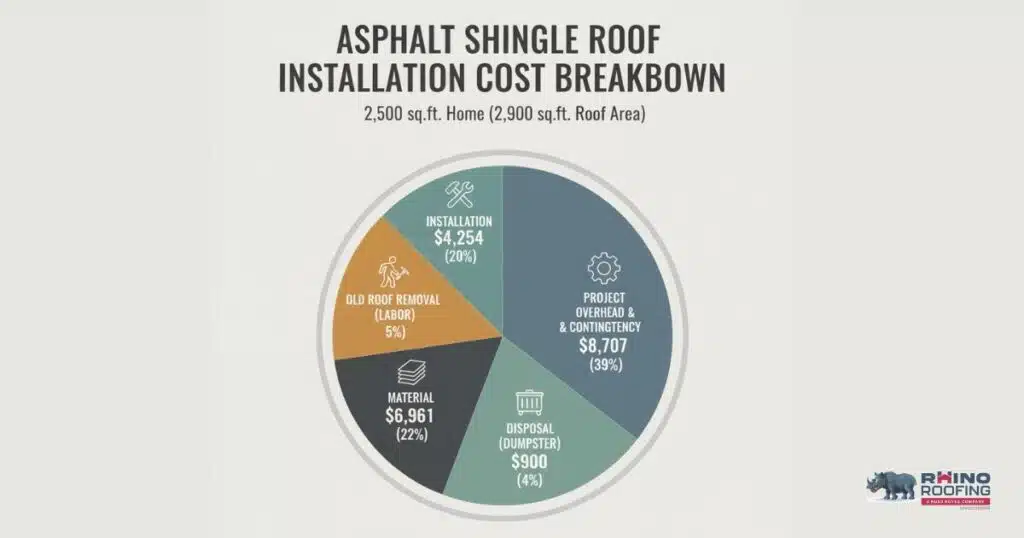If you look around at most commercial buildings, you will notice something clear. Many of them have flat roofs. You can see this at shopping malls, schools, offices, and even warehouses. But why is that the case? Why do business buildings mostly have flat roofs while houses often have sloped ones?
The answer is simple. Flat roofs offer a mix of practicality, cost savings, and design flexibility that fits the needs of large buildings. In this article, we will break down the five main reasons flat roofs are so popular for commercial use.
5 Benefits of Flat Roofs for Commercial Buildings
1. Cost-Effective Construction
A main reason many businesses choose flat roofs is the lower cost. Commercial buildings are usually very big, and putting a roof on them can cost a lot. Flat roofs need fewer materials than sloped roofs. They also take less time and work to install.
Sloped roofs need more wood, shingles, or tiles. The frame also has to be stronger to hold the weight and angle. This raises both the material and labor costs. Flat roofs are different. Their design is simple, which makes them quicker and cheaper to build.
For a business, saving money on construction means they can invest more in other parts of the building. Lower upfront costs make flat roofing a smart choice.
2. Easy Maintenance and Repairs
Flat roofs are also popular because they are easier to take care of. With a sloped roof, fixing a leak or cleaning the gutters needs extra safety tools and careful steps. On a flat roof, workers can walk around more safely and do the job with less risk.
This makes inspections, repairs, and even cleaning much simpler. Flat roofing also give better access to problem areas. For example, if there is a small leak, it can be spotted and fixed without much trouble.
Regular maintenance is important for any roof. Its process is easier and less costly. That is a big benefit for commercial property owners who want to keep long-term expenses under control.
3. Space for Equipment and Systems
One unique advantage of flat roofs is the extra usable space they provide. Commercial buildings often need heating, ventilation, and air conditioning (HVAC) units. A pitched roof does not offer much room for these systems. But a flat roof gives plenty of space to install them.
By placing HVAC units and other equipment on the roof, businesses free up ground space for parking or landscaping. It also keeps the equipment out of sight, which improves the look of the property.
Some buildings even use flat roofs for solar panels, satellite dishes, or green roofing systems. This added space is a major reason why flat roofs are so practical for commercial needs.
4. Modern Design and Flexibility
Flat roofs also fit well with modern building styles. Many commercial buildings are designed to look sleek, simple, and functional. Flat roofs create a clean, sharp outline that blends well with urban settings.
Flat roofs also give architects more freedom when planning a building. For example, it is easier to add more floors when the roofs are flat and stacked. Sloped roofs can limit design choices, especially on tall or very wide buildings.
In today’s world, businesses want buildings that look professional and efficient. Flat roofs help achieve that modern, minimal look while still being practical.
Also Read: How Old Is My Roof?
5. Efficient Use of Space and Energy
Flat roofs are not only cost-effective and practical but also energy-efficient. Many buildings cover a wide area. Heating and cooling such large spaces can be expensive. Flat roofs often allow for better insulation and easier installation of energy-saving systems.
For instance, reflective coatings can be applied to reduce heat absorption. This lowers cooling costs during hot summers. Some flat roofs are also designed to hold “cool roofing” materials or even living vegetation to improve insulation.
Using the roof space for solar panels brings even more savings. With lower energy bills and better insulation, flat roofs help businesses cut down on costs over the long run.
Conclusion
Flat roofs are now the common choice for most commercial buildings, and the reasons are clear. They save money, are simple to maintain, and give space for important systems. They also give designers more freedom while helping the building use energy in a smarter way.
If you are working on a new commercial project or need roofing help for your building, think about the benefits of a flat roof. Get in touch with Rhino Roofing for expert advice and trusted roofing services. We are skilled in commercial roofing and can guide you to the best option for your property.





